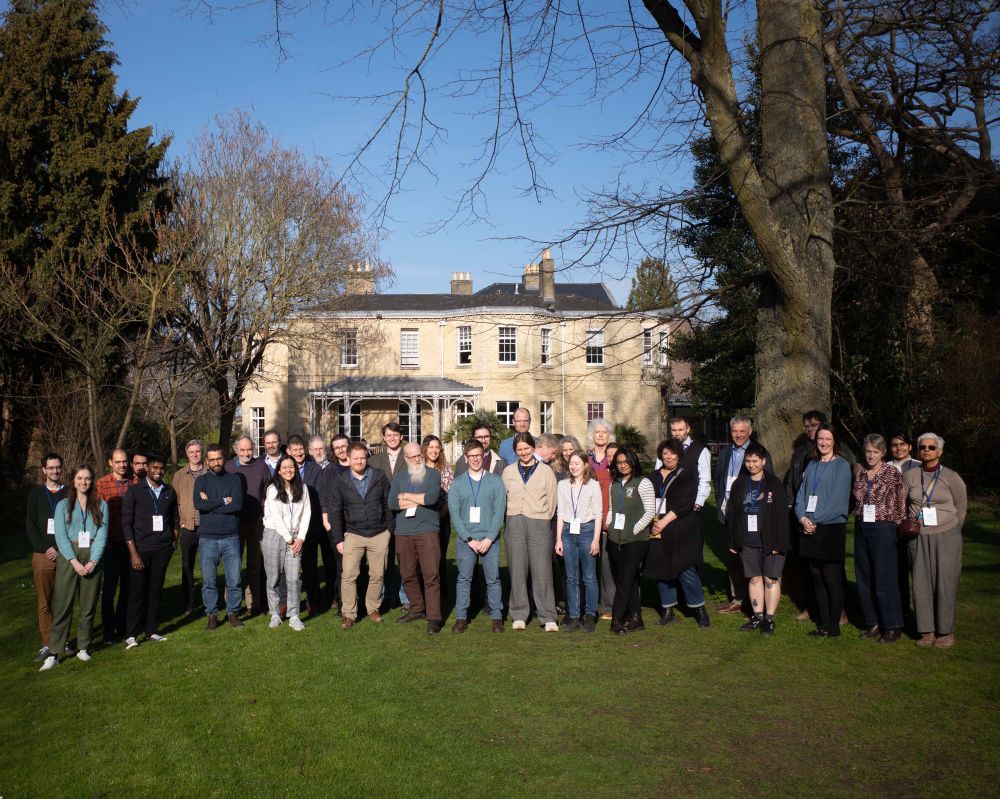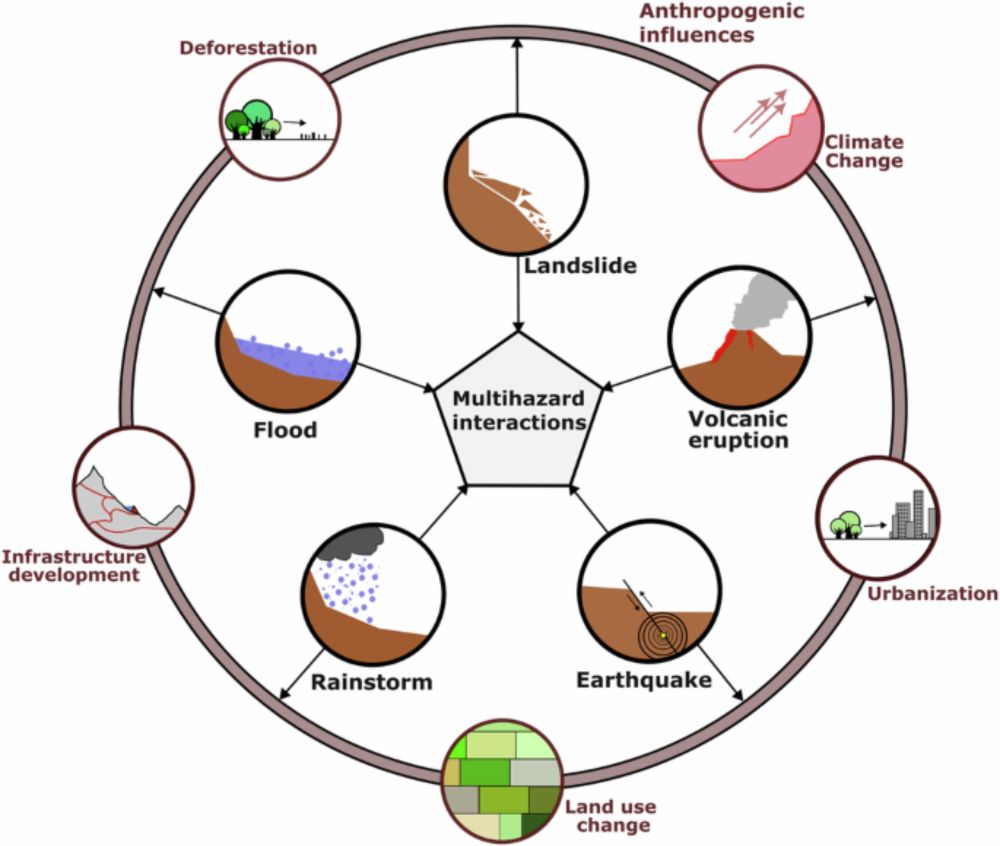Cambridge Earth Sciences
@cambridge-earthsci.bsky.social
330 followers
89 following
42 posts
News and events from the Department of Earth Sciences at Cambridge University.
Posts
Media
Videos
Starter Packs
Pinned
Reposted by Cambridge Earth Sciences
Reposted by Cambridge Earth Sciences
Reposted by Cambridge Earth Sciences
University of Cambridge
@cam.ac.uk
· Aug 4

Grand Canyon was a ‘Goldilocks zone’ for the evolution of early animals
A treasure trove of exceptionally preserved early animals from more than half a billion years ago has been discovered in the Grand Canyon, one of the natural world’s most iconic sites.
www.cam.ac.uk
Reposted by Cambridge Earth Sciences
UK COMET
@uk-comet.bsky.social
· May 24

Celebrating Excellence in Earth Sciences: Two COMET Scientists Elected Fellows of the Royal Society - UK Centre for Observation and Modelling of Earthquakes, Volcanoes and Tectonics
We are delighted to celebrate COMET Scientists Professor Marie Edmonds (University of Cambridge) and Professor David Pyle (University of Oxford), who are amongst the outstanding and distinguished grou...
wp.me
Reposted by Cambridge Earth Sciences
Reposted by Cambridge Earth Sciences

























